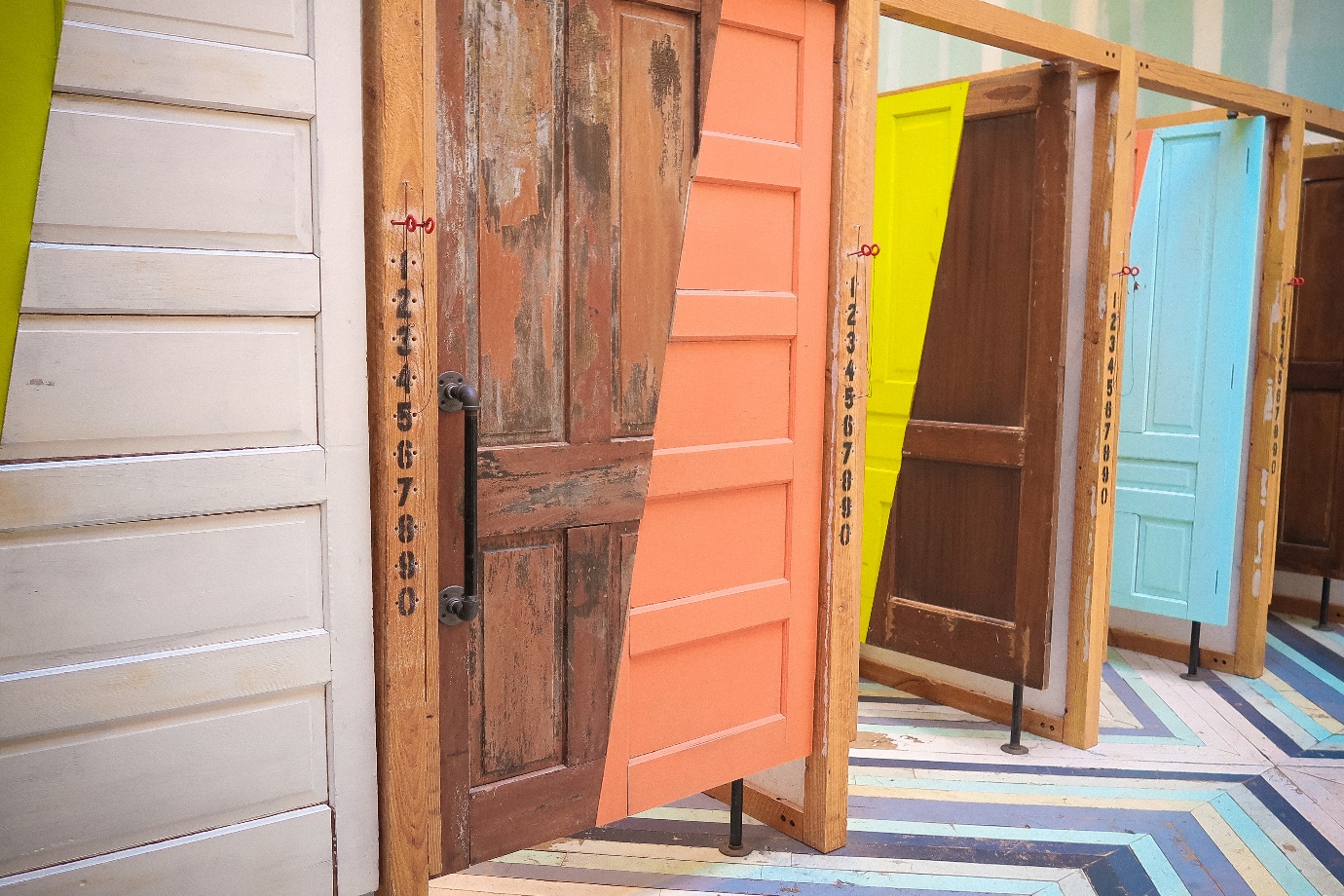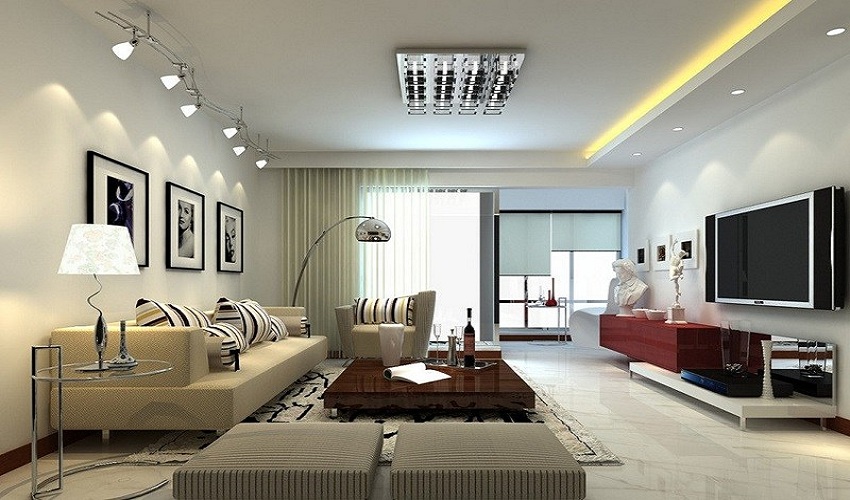Ensure Attractive Décor with Stick on Stone Tiles
What are stick-on stone tiles?
Stick on stone tiles is an easy do-it-yourself alternate to the typical tiling method. The purpose of the tiling is to add an aesthetic appeal and finishing to the walls or floors. However, regular tiling is difficult, costly, and requires a lot of technical labor work. The stick-on stone tiles are PVC alternatives that are lightweight and flexible. The stick-on tiles are used for decorative purposes. These tiles are stuck upon the desired wall with the help of strong adhesives which ensures that the stick remains intact for long without falling.
Types of stone tiles available
The customers can benefit from a wide range of selections for the stick-on tiles. These are mostly available in vinyl and gel options however, stone tiles themselves also has many variations such as:
- Marble stone tiles
- Faux stone tiles
- Stone veneer tiles
- Strip stone mosaic tiles
These are some of the commonly used stick on stone tiles which come in square, rectangular and hexagonal shapes.
How to install stick-on tiles?
The stick-on method is quite simple with none of the complicated steps that cannot be performed by people without any knowledge of tiling. These steps include;
- It is important to ensure that the wall is cleaned and dried before beginning the process.
- Measure out the wall that needs to be covered with the stick on.
- Cut out the stick-on stone tiles in the required sizes to cover the wall.
- Finally, peel off the skin from the back of the tiles and begin sticking.
These are all the steps that need to be performed while putting up the stick on tiles. However, to ensure the strength of the stick on tiles, interlocking the connecting tiles and overlapping them can be beneficial.
What surfaces can the stick-on tiles be used on?
To make sure that the stick-on tiles stay on longer, it is important to ensure that the surface that the stick-on tiles are being put on is suitable. The best surface for the stick-on is the one that is non-textured and smooth. This ensures a better stick and remains longer. Some of the suitable stick-on stone tile surfaces include painted gypsum where the paint should be at least 21 days old. Other suitable surfaces are smooth ceramic and glass tiles. Acrylic wall panel walls, linoleum walls, and mirrored walls are also suitable for stick-on tiles. However, some surfaces are not recommended for stick-on stone tiles. These include porous and rough surfaces such as stucco walls, brick walls, and stone walls.
Benefits of using stick on tiles
There are several benefits of the stick on stone tiles which make them common these days. The most attractive benefit of the stick-on-stone tiles is that they are affordable. People are often attracted by items that do not burden their budget which gets even better as the installation of the stick on tiles is easy and can be done by anyone. This saves the labor cost as well. Furthermore, the stick-on stone tiles come in a variety of options which makes them perfect to use.

My name is Susan. I post about home improvement ideas and how to make your home look beautiful and liveable. I hope my posts will help you with your DIY projects!





